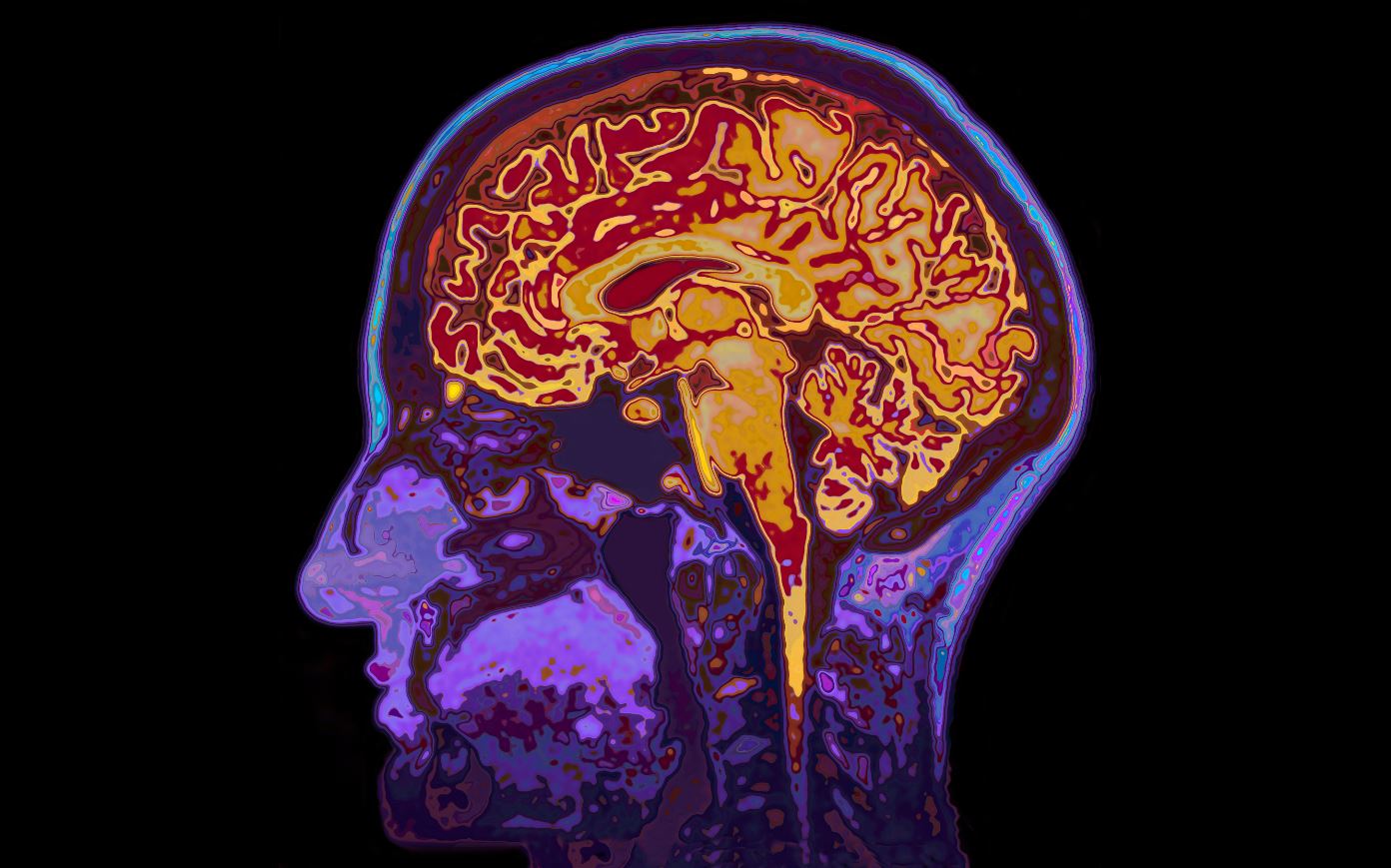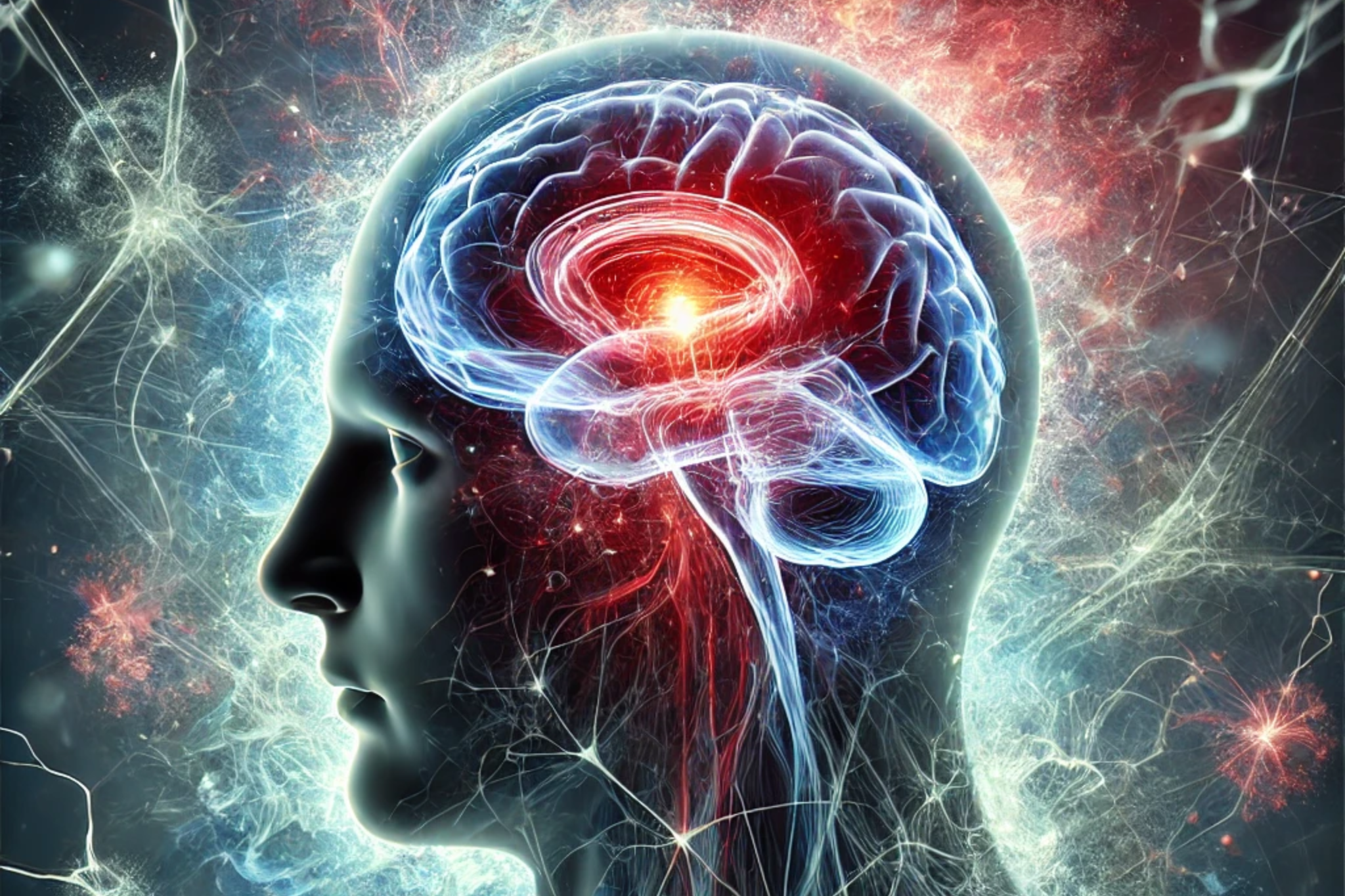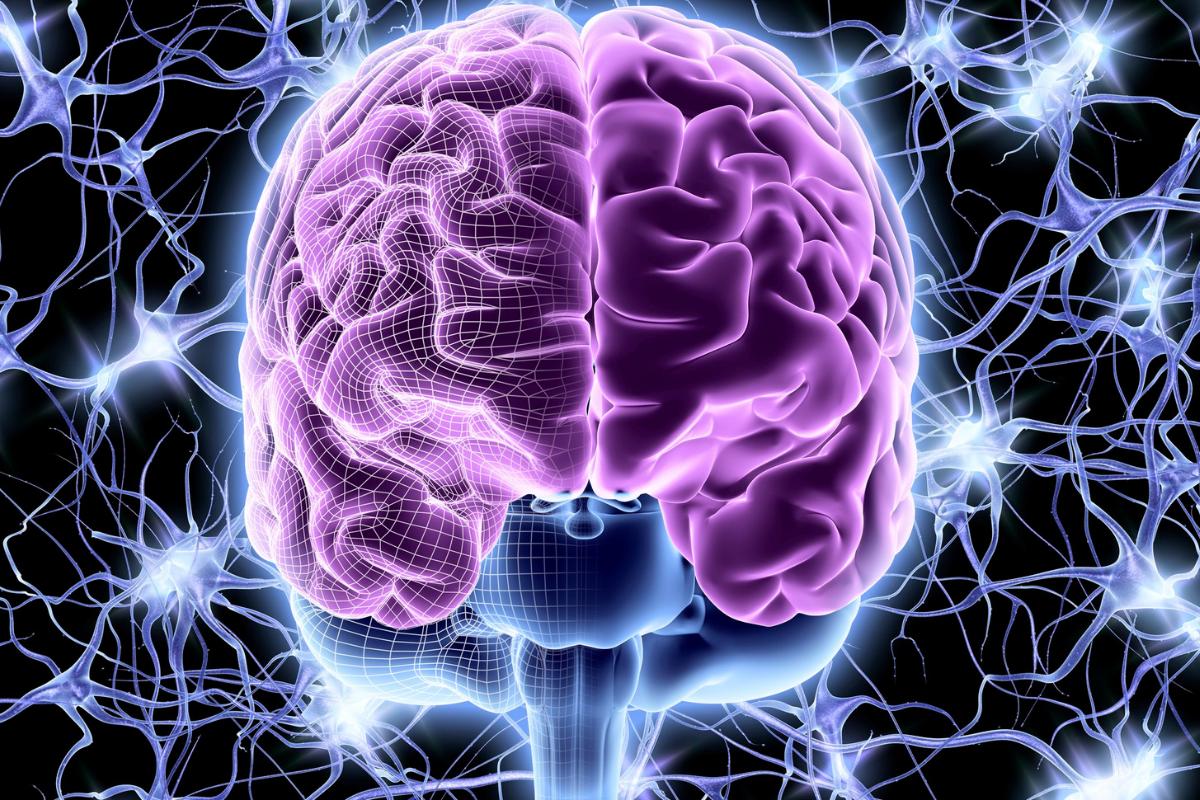By Dr. Petrus Raulino
About neuroimaging studies
Neuroimaging studies have consistently shown brain alterations in different psychiatric disorders.
These studies have great scientific relevance, but they don't necessarily have an immediate impact on clinical practice. There are many reasons for this.
The current "gold standard" for diagnosing a psychiatric disorder is the set of information on symptoms and behaviors, rather than a description of biological characteristics.
The statistically significant biological findings in psychiatric disorders in neuroimaging studies are generally very subtle.
The findings replicated in studies are approximate, and the samples are heterogeneous, even though they are made up of patients with the same disorder.
For all these reasons, there are no universally accepted biomarkers for psychiatric diagnosis. Sophisticated tests cost resources and don't always provide information that would support clinically useful medical decisions.
But that doesn't mean that research should stop.
In recent decades, science has been conducting research that seeks to better understand the neurobiology of the etiological mechanisms of psychiatric disorders.
The main objective is to find ways of boosting preventive and therapeutic efforts.
New studies published
A study published in the journal Biological Psychiatry has shown - through mega and meta-analysis of neuroimaging studies - structural abnormalities in six different psychiatric disorders: Major Depressive Disorder (TDM), Bipolar disorder (TB), Schizophrenia, Obsessive-Compulsive Disorder (OCD), Attention Deficit Hyperactivity Disorder (ADHD) and Autism Spectrum Disorder (ASD).
This study was carried out through the ENIGMA consortium (Enhancing Neuro Imaging Genetics Through Meta Analysis), which brings together researchers to understand the relationship between brain structure, function and disease, based on brain images and genetic data.
Cortical thickness and differences in volumes of subcortical structures between individuals with and without psychiatric disorders were studied.
The study sought to quantify the overlap of alterations in brain structure between different disorders and also to identify brain regions with disorder-specific abnormalities.
Study results
The results showed that there is a correlation between structural brain abnormalities in MDD, BD, schizophrenia and OCD.
A shared morphometric signature of these disorders was observed that showed little resemblance to the structural patterns of the brain related to physiological ageing.
On the other hand, patterns of structural brain abnormalities independent of all other disorders have been observed in both ADHD and ASD.
Brain regions that showed high proportions of independent variance were identified for each disorder with the aim of locating disorder-specific morphometric abnormalities.
Conclusion
These findings have raised the question of the extent to which structural brain abnormalities may represent neurobiological traits of mental illness that are disorder-specific or whether they are transdiagnostic traits.
There are many questions, but the journey of scientific research continues. A better understanding of the neurobiology of psychiatric disorders may help us in the future to improve the means of prevention and treatment.
References
Opel, N., Goltermann, J., Hermesdorf, M., Berger, K., Baune, B. T., & Dannlowski, U. (2020). Cross-disorder analysis of brain structural abnormalities in six major psychiatric disorders: a secondary analysis of mega-and meta-analytical findings from the ENIGMA consortium. Biological Psychiatry, 88(9), 678-686.
Falkai, P., Schmitt, A., & Andreasen, N. (2018). Forty years of structural brain imaging in mental disorders: is it clinically useful or not? Dialogues in clinical neuroscience, 20(3), 179.
Scarr, E., Millan, M. J., Bahn, S., Bertolino, A., Turck, C. W., Kapur, S., ... & Dean, B. (2015). Biomarkers for psychiatry: the journey from fantasy to fact, a report of the 2013 CINP think tank. International Journal of Neuropsychopharmacology, 18(10), pyv042.
Kapur, S., Phillips, A. G., & Insel, T. R. (2012). Why has it taken so long for biological psychiatry to develop clinical tests and what to do about it? Molecular psychiatry, 17(12), 1174-1179.
Linden, D. E. (2012). The challenges and promise of neuroimaging in psychiatry. Neuron, 73(1), 8-22.







